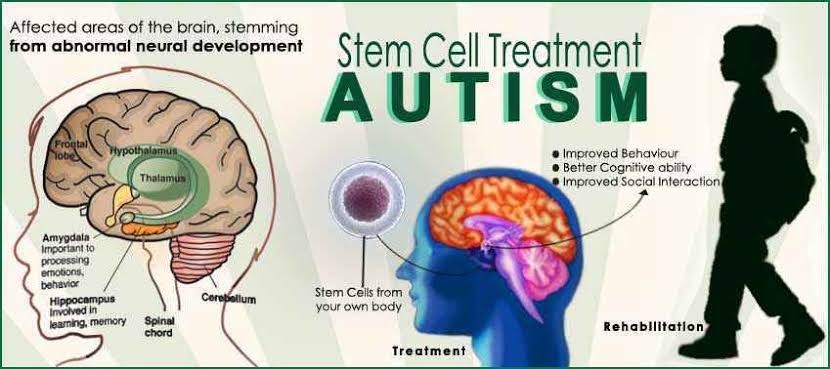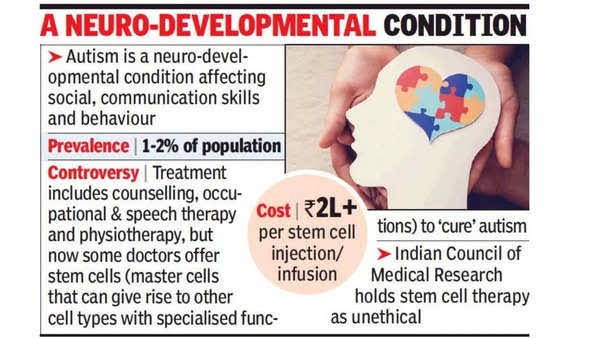Free Courses Sale ends Soon, Get It Now


Free Courses Sale ends Soon, Get It Now



Context: The Delhi High Court Thursday permitted two children with autism spectrum disorder (ASD) to undergo stem cell therapy for treatment of their condition.
Background
About stem cells
Two main categories of stem cells:
How are stem cells used in medicine?
Limitation of stem cells
Autism spectrum disorder and treatments:

Symptoms
Treatments
Can stem cell treatment be used for ASD?
Support for use
Conclusion
|
PRACTICE QUESTION Q. Stem cell therapy has the potential to revolutionize the pressing challenge of health issues being faced by the global communities. However, there are a multitude of challenges associated with this. Critically evaluate in the light of the recent judgment of The Delhi High Court permitting two children with autism spectrum disorder (ASD) to undergo stem cell therapy for treatment of their condition. (250 words) |
© 2024 iasgyan. All right reserved